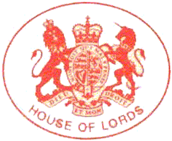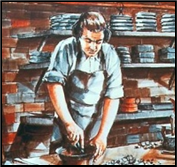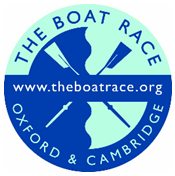



Acknowledgement
Aspdin: contained in The History of Portland Cement, produced by the Portland Cement Association. Date and artist unknown.
This word, meaning nonsense, came into the English language in 1820 when the congressman for North Carolina, addressing his constituents
in Buncombe County, gave a dull, rambling and irrelevant speech. The word – misspelled – stuck!
Burke’s Peerage, the work of John Burke of London, is published in 1828. It lists and gives details of all the “Peerage,
Baronetage and Knightage” of Great Britain and Ireland.

Andxin the same year, the American lexicographer Noah Webster publishes the first
volume of his famous Dictionary of the English Language, completed in 1840.

The first issue of the British medical journal The Lancet appears in 1823. Founded to report on lectures in London hospitals and important medical cases and issues of the day, it is now acknowledged as one of the leading medical journals of the world.
1825 The
Frenchman Jean Anthelme
Brillat- , an elegant, witty and
chatty compendium on the art of dining in style.
, an elegant, witty and
chatty compendium on the art of dining in style.
G4-
1821 Emperor Napoleon, conqueror of Europe, dies on the remote island of St. Helena, where he had been confined since 1815.


In 1823 a Scottish chemist named Charles Macintosh invents a waterproof cloth by cementing together two layers of fabric with a rubber solution. His raincoat comes to be known as a “mackintosh” or “mac”.

1824 In Britain, the Royal Society for the Protection of Animals (the RSPCA) is established to safeguard the welfare of animals.

In 1824 a
15-
1824 The National Gallery is founded in London to house the nation’s collection of European paintings. It was first situated in Pall Mall but was moved to its present site in Trafalgar Square in 1838. The nearby National Portrait Gallery was opened to the public in 1859.

The first artificial cement of good quality is produced by the English bricklayer Joseph Aspdin in 1824. Made from a mixture of limestone
and clay, he named it Portland Cement because it resembled the
colour of the limestone quarried on the Isle of Portland in Dorset.

1825
Tea roses arrive in Europe from China

In the United States the Erie Canal is opened in 1825,
connecting the Great Lakes with New York City via the Hudson River. Over 360 miles long and 4ft wide, it required the building of 82 locks.
1825
The first horse-
drawn omnibus appears in
London

In 1828 the German publisher Karl Baedeker publishes his first travel guide
-

The first annual Boat Race between crews from Oxford and Cambridge
Universities is held in 1829. It takes place between Hambledon Lock and
Henley Bridge on the River Thames, but the race, over 4 miles in length,
is now held from Putney Bridge to Chiswick. Oxford won the first race.
In 1829 the Indian custom of a widow killing herself on the funeral pyre of her dead husband, known xxxxxxxas suttee (or satï) is abolished by the British government.
Inx1827 the English chemist John
Walker invents and sells the first  .
With its tip coated with phosphorus
.
With its tip coated with phosphorus

sulfate, it ignites when scraped on a rough surface.


